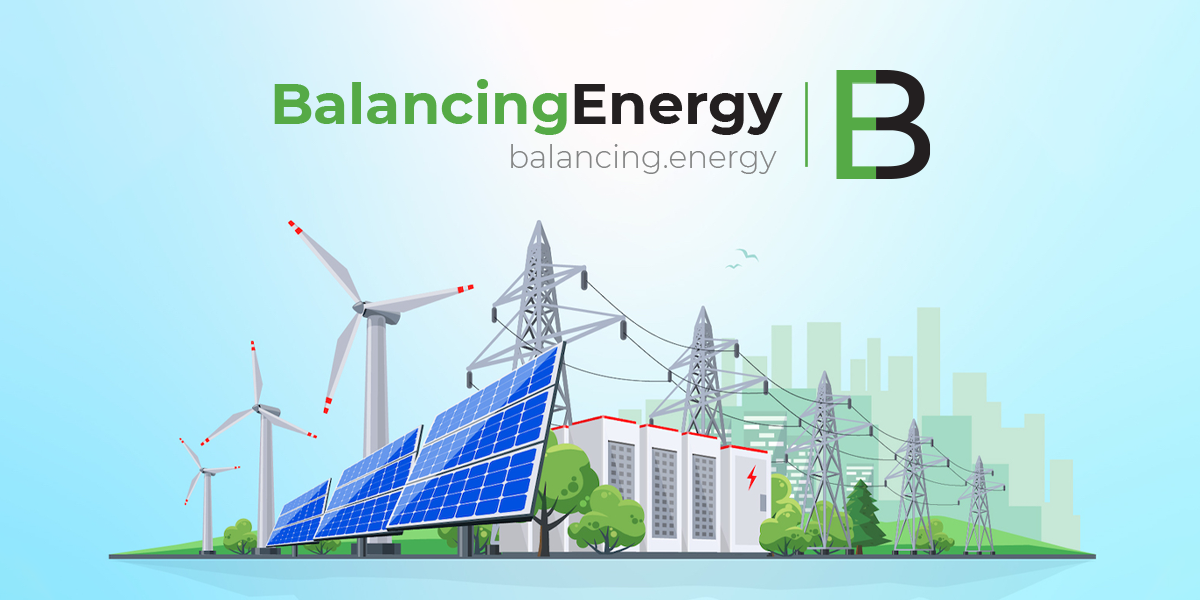Luka Petrović, Director of Bosnia’s state-owned power utility ERS, reported a significant rise in electricity exports over the past month—a trend he expects to continue. The increase comes thanks to recent rainfall that greatly enhanced hydroelectric output, especially from the Drina and Vrbas hydropower plants (HPPs). This influx of water also helped replenish the Bileća Lake reservoir, a vital asset for ERS. While the reservoir remains below its optimal level, the situation has improved substantially. Petrović is optimistic that it could reach the target level by the end of the month, positioning the company for a strong financial close to the year.
Despite the positive developments, ERS continues to face financial challenges, primarily due to persistent issues at its two thermal power plants and an ongoing coal shortage. Petrović highlighted frequent unplanned shutdowns at the Ugljevik thermal power plant, which has experienced repeated outages in recent months, resulting in 56 days offline since November. These disruptions forced ERS to import electricity to maintain supply and stabilize prices for consumers. Over a four-month span, the company spent approximately 60 million euros on electricity imports.
However, with hydropower performance improving in March and April, ERS has resumed electricity exports—helping to counterbalance previous financial losses. Petrović confirmed that the company will address its current debt through a loan arrangement supported by state guarantees.
He also emphasized the utility’s potential to improve its financial standing through internal reforms, including better management practices, system-wide cost reductions, and a thorough review of the mining sector. As both an energy producer and trader, ERS operates under existing legislation, sourcing electricity from five in-house producers—two thermal and three hydropower plants.










